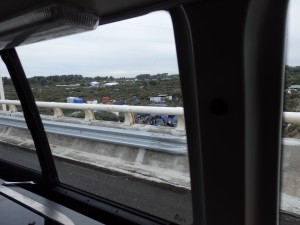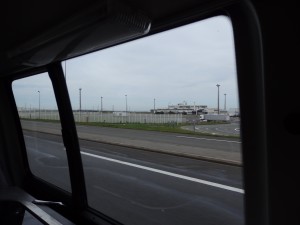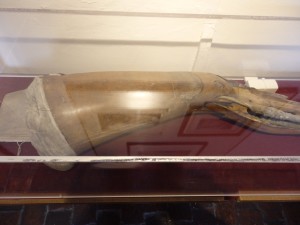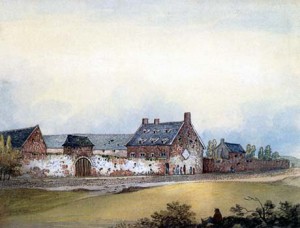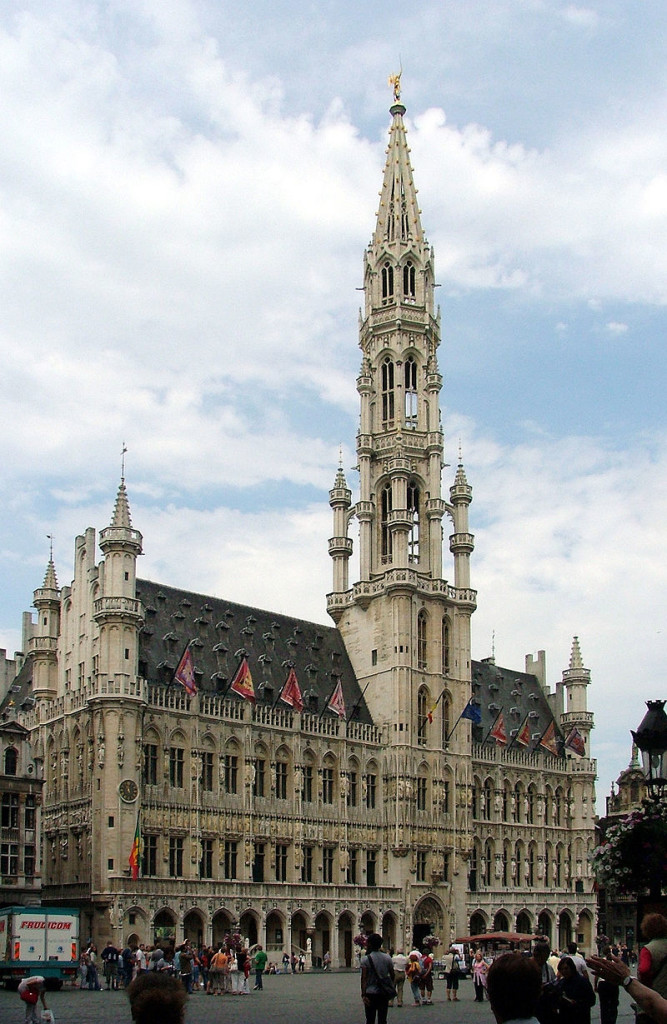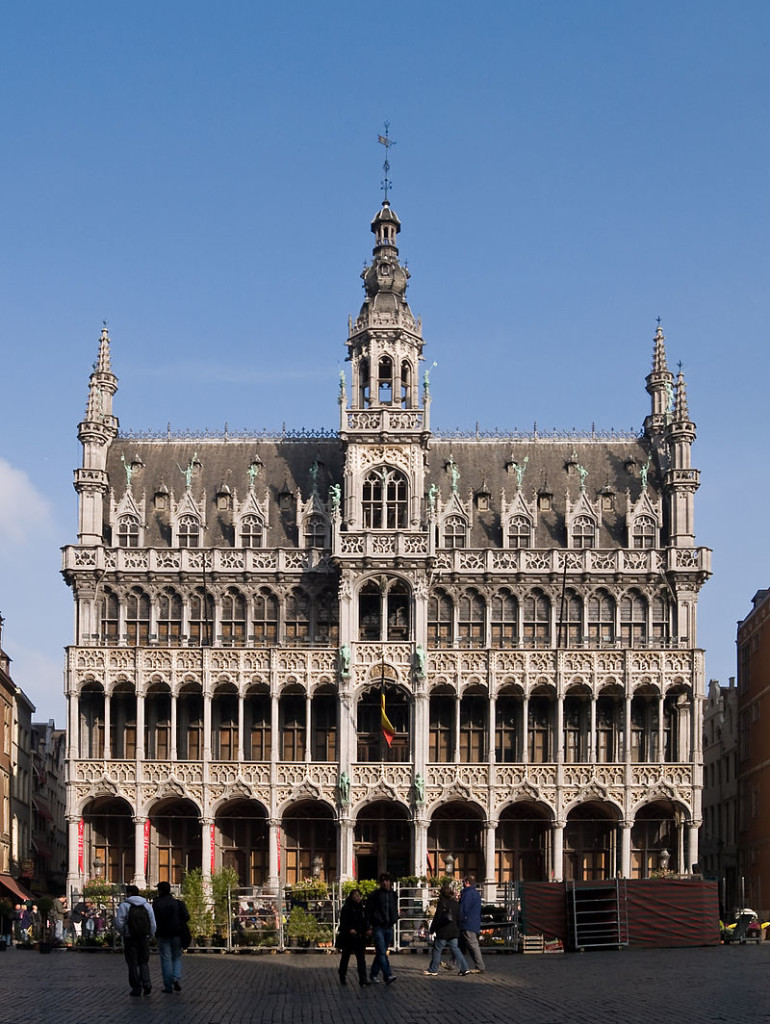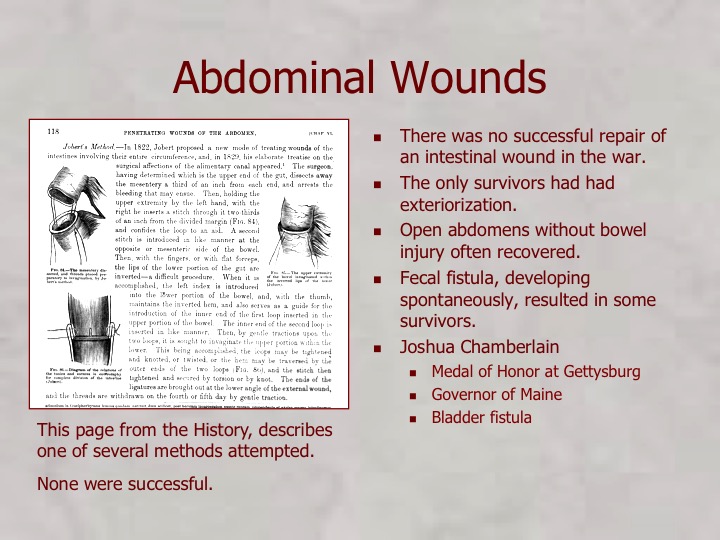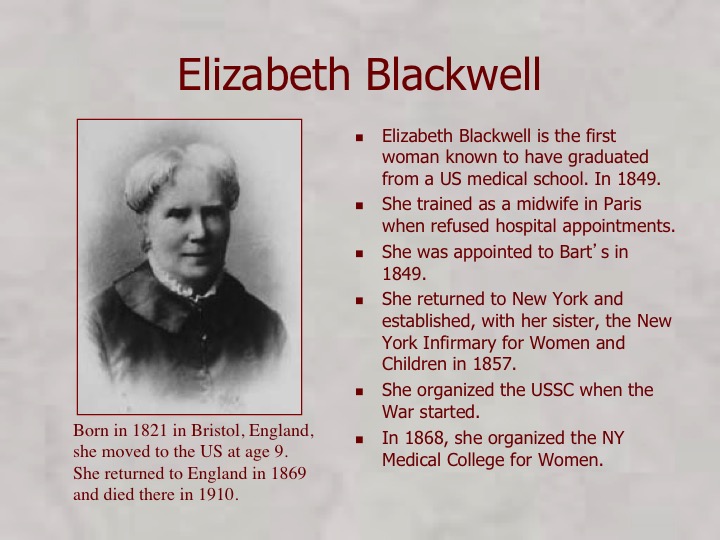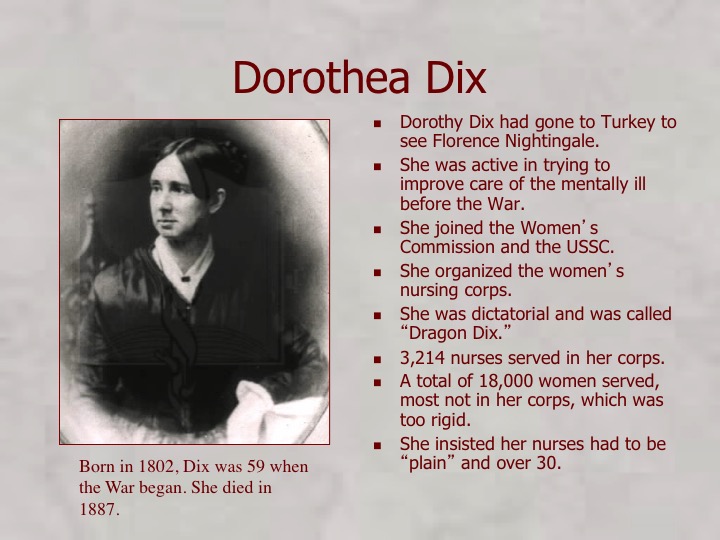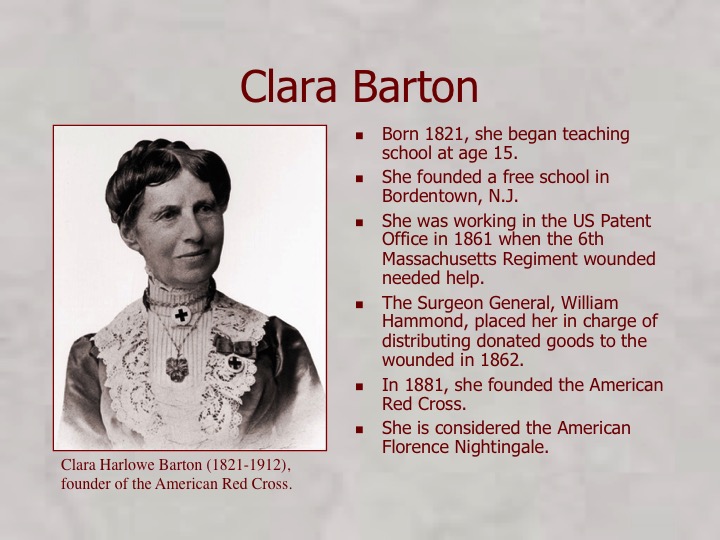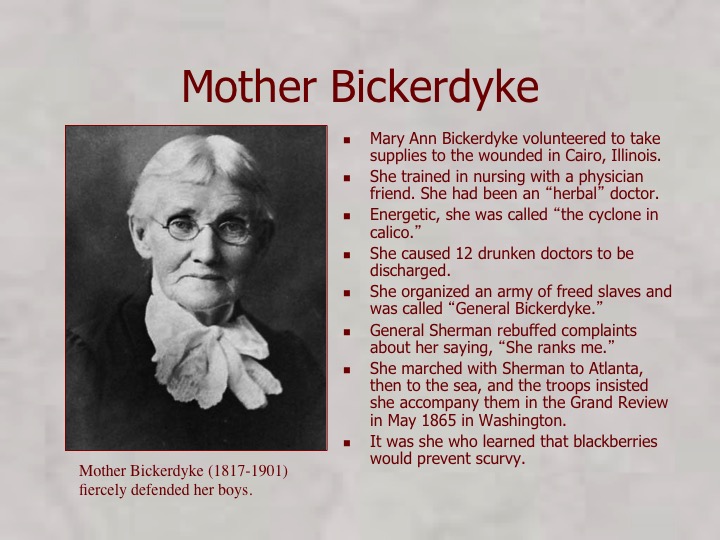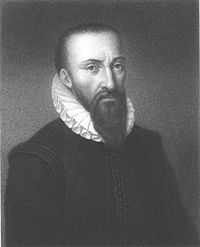As usual, Belmont Club has the clearest view of what is coming. It will not be pleasant. I have just returned from Europe from what will probably be my last trip. We were going to go to Greece but cancelled due to the financial unrest and the “migrant” crisis. Instead, we went to Britain and to Belgium where we did some history. We also saw a small portion of the migrant invasion.
The Washington Post, a reliable indicator of leftist thinking in Washington, reports that the Syrian Crisis has “forced” Obama to meet with Putin in New York.
White House press secretary Josh Earnest said that the meeting came at Putin’s request and that at the top of the agenda for Obama will be Ukraine, where, he said, Russian separatist troops remain in “clear violation of the territorial integrity of that sovereign nation.” …
Earnest said that when the two leaders talk about Syria, Obama would encourage Russia to join coalition efforts to combat the Islamic State but warn that “doubling down on the Assad regime is a losing bet.” He added that “a face-to-face sit-down seems appropriate at this juncture.”
There is, of course, no reason to believe that this statement is true. Earnest is well known to lie for his master.
Willing or not, Obama’s been dragged to New York to meet a man he would rather not. The Russians and Syrians for their part, are pushing the story that Obama has already pre-surrendered to Putin and is merely looking for a way to put the best face on it. AFP reports: “Russia and the United States have reached a “tacit agreement” on ending Syria’s bloody crisis, a senior adviser to Syrian President Bashar al-Assad has said.”
Allegations that it’s all over bar the shouting were half-heartedly denied in the Washington Post story which said, “the administration says it has no interest in Putin’s still-vague proposal for Syria — that the West drop its insistence that Assad must go and that all parties join together to defeat the Islamic State. But administration officials still believe there are grounds for U.S.-Russian cooperation there, if Putin is willing.”
Long ago, when the USA was still run by realists, this would be called “surrender.”
The Russians are working behind a fait acompli and that is a strong card. Moreover, Moscow is amping up the pressure by sending a fleet for “drills” into the Eastern Mediterranean. The message is: we’re here to stay and you’re not man enough to push us out. Sources told Bloomberg that Putin will go it alone if Obama balks. “President Vladimir Putin, determined to strengthen Russia’s only military outpost in the Middle East, is preparing to launch unilateral airstrikes against Islamic State from inside Syria if the U.S. rejects his proposal to join forces, two people familiar with the matter said.”
The Europeans, beset by the Islamic invasion (where is Charles Martel when you need him ?) are of no use.
In a statement that surprised many, German Chancellor Angela Merkel said early Thursday that Syrian President Bashar al-Assad should be part of negotiations with the West.
“We have to speak with many actors, this includes Assad, but others as well,” Merkel was quoted as saying at a news conference following an E.U. summit in Brussels. Many German commentators and journalists described the statement as groundbreaking. “Approaching Assad would be an about-face in the way the West is dealing with Syria,” Der Spiegel concluded in its online edition….
Merkel’s willingness to bring Assad and Iran to the negotiating table will be met with skepticism in other Western countries, primarily in the United States and France. Last weekend, Secretary of State John F. Kerry said that the United States was “prepared to negotiate” but that “Assad has to go.”
These developments must certainly create unease in the Leader of the Free World, who looking behind him at his expected support, has found them all dwindling away.
This farce began with the overthrow of Libyan dictator Gaddafi and the threat to cross a “red line” if Assad used chemical weapons on his own people. Here we are after years of Obama, Hillary and Kerry running our foreign policies. What did you expect ?
The Russian moves appear to be part of an deliberate plan prepared long in advance to bring the Western Alliance into an ambush zone. The most disturbing aspect of it is that president Obama didn’t even see it coming. Not even close. He walked into it, got up, asked for the number the truck and walked into it again. When he comes to himself he’ll be ready to ask a boy about a clock. Maybe that way he’ll get the time of day.
Charles Krauthamer notes that Putin always seems to be one step ahead of the Obama. Yet despite the apparant truth of that assertion, it is hard to actually test the proposition. Obama’s position on Syria has been so vague that he can plausibly convince his followers that, whatever the result, it was what he intended to begin with. It’s pitiful to watch.
Obama has truly achieved a fundamental transformation in America.
Growing old is not a pleasure when one considers the pain of arthritis and the loss of pleasures like golf and sailing but there is the positive aspect of not having to live long with the consequences of Obama’s regime.




